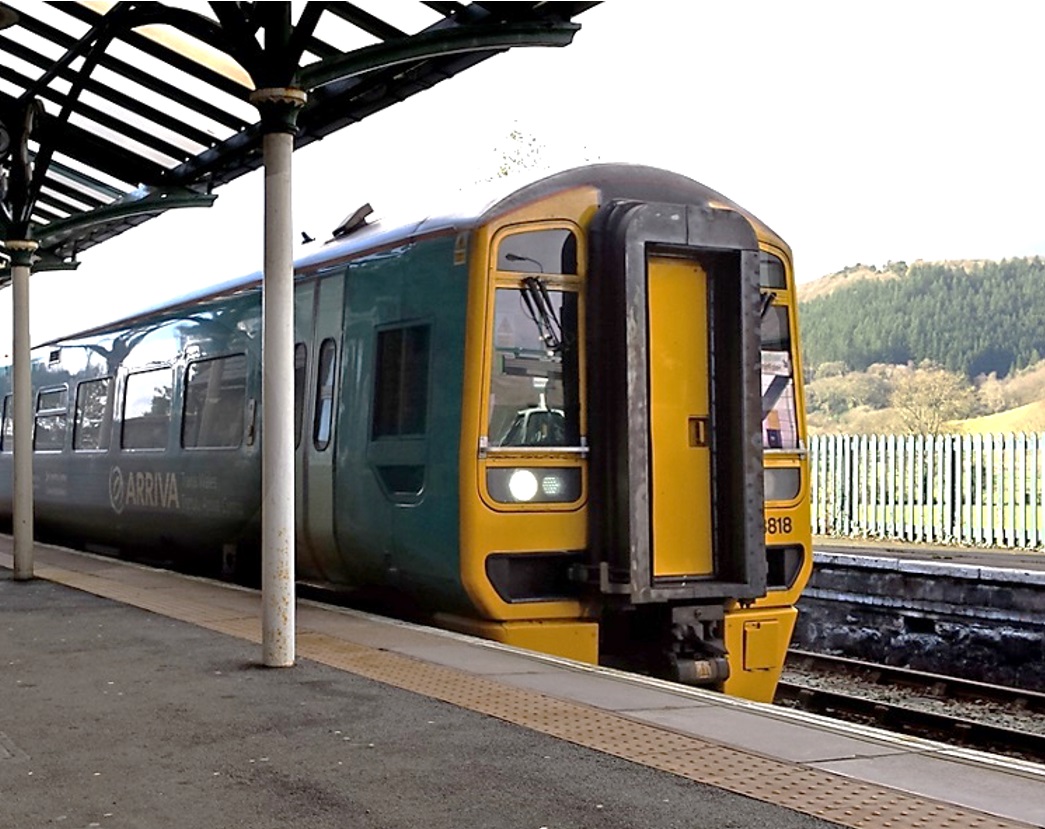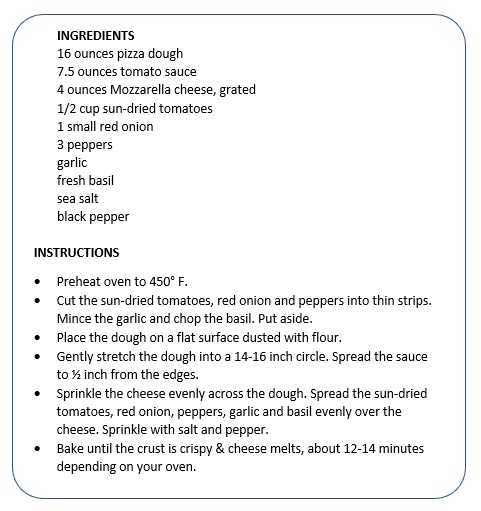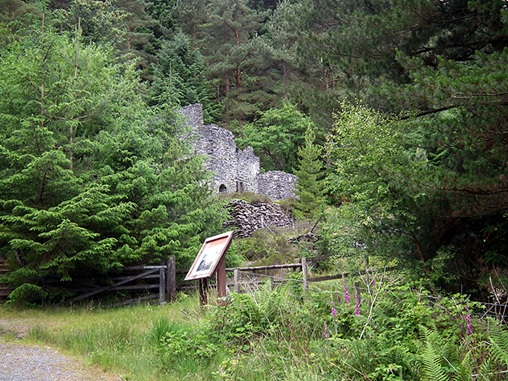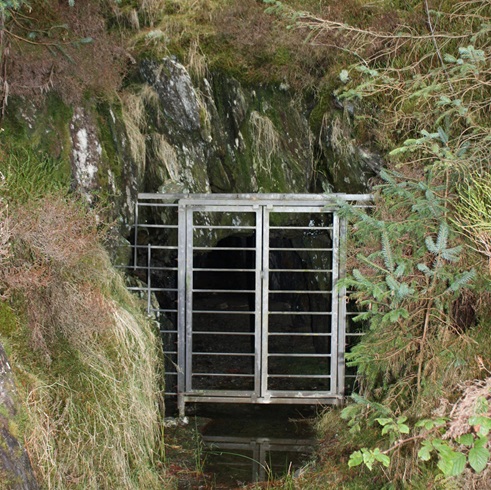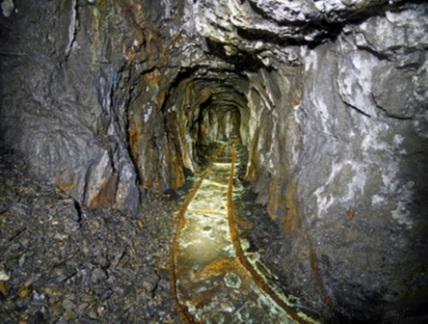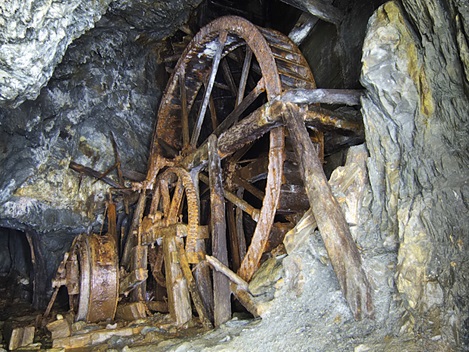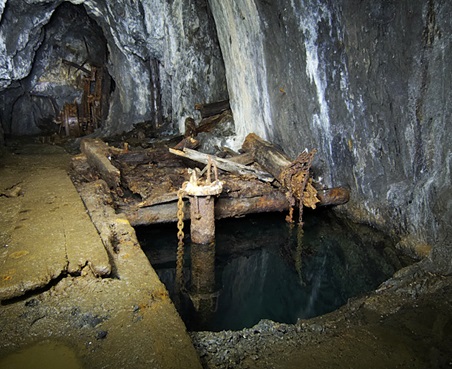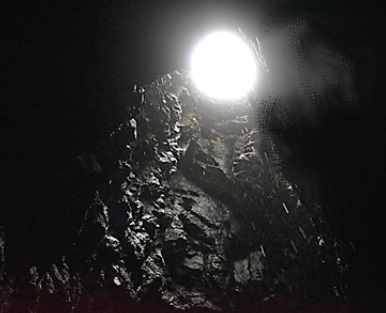Public transport in Wales
Public transport is important for people who live in Wales and for visitors.
A main railway line runs along the south coast through Newport and Cardiff, to Swansea.
This connects to cities in England and is important for business travellers.
Most of the railways in the South Wales valleys closed when the coal mines stopped working, but some lines have reopened.
These lines carry people to work in Cardiff each day.
Cardiff has plans for a new metro system.
Trams will travel through the city streets, then join the railway and run to nearby towns.
The railway continues from Swansea to Pembrokeshire.
People use this to go to the coast for holidays, or when travelling by ferry to Ireland.
In North Wales, another main railway line runs along the coast through Bangor.
The line continues across Anglesey to Holyhead where there is another ferry connection to Ireland.
Only two railway lines cross central Wales.
The journeys are slow, allowing plenty of time to enjoy the beautiful scenery of the mountains and coast.
Long distance bus services connect the main towns, and local buses serve most villages.
In Snowdonia, walkers can travel by bus to the start of footpaths up Snowdon.
This reduces the congestion caused by cars parked on narrow roads around the mountain.
Translate the sentence:
Public transport is important for people who live in Wales and for visitors.
Suggested translation: (a number of alternatives acceptable)
